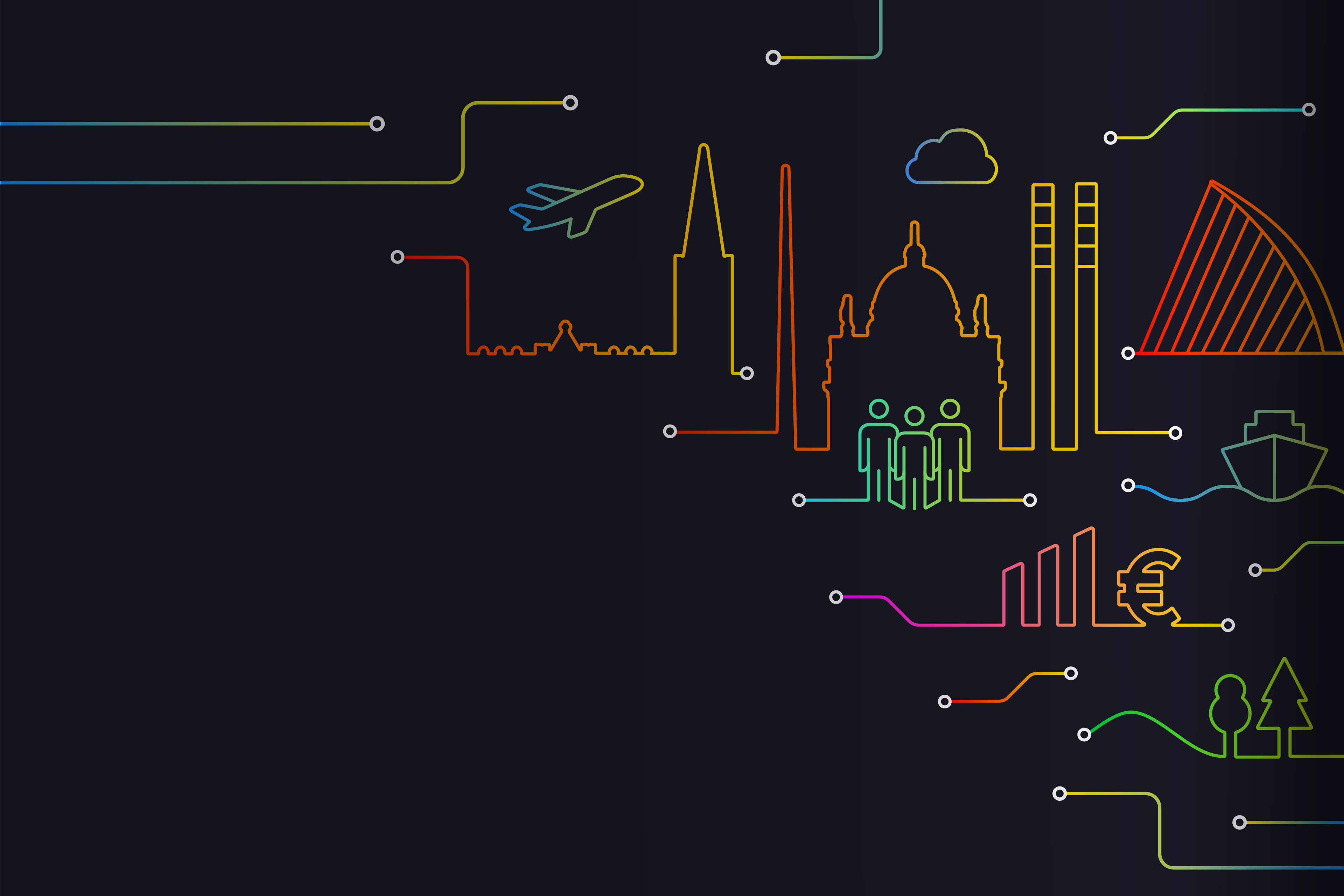EY refers to the global organization, and may refer to one or more, of the member firms of Ernst & Young Global Limited, each of which is a separate legal entity. Ernst & Young Global Limited, a UK company limited by guarantee, does not provide services to clients.

Myths relating to capabilities of ChatGPT often overshadow the real conversations organisations need to have about this generative AI tool.
In brief
- ChatGPT is a revolution but not in terms of technology, it’s in terms of the easy access and availability to users of the tool.
- Fact checking AI tools are in the making and those may act as a fact checker for ChatGPT.
- ChatGPT doesn’t have to be incompatible with GDPR and other data protection rules.
ChatGPT has many strengths and will undoubtedly deliver benefits to organisations but much of the hype needs to be dispelled first.
Following its launch on 30 November 2022, ChatGPT was hailed by some as a technological revolution that would transform the nature of work across a whole range of industries and proclaimed by others as a destroyer of jobs, educational standards, and original thought.
There’s a world of difference between using the technology for transformational business value versus using it for personal benefits. And a smart tool capable of responding to questions posed in natural language with answers that sound quite human may be useful in some contexts, but it certainly doesn’t represent a technological revolution.
One of the issues with ChatGPT is that people are having the wrong conversations about it. They are talking about using it to do things that humans can already do, just faster and cheaper. That is known as the AI fallacy.
Instead, the conversation should be about getting the technology to do things that we cannot yet do because of cost or technological resourcing limitations. An example would be the instantaneous personalisation of website content to suit each individual user. Impossible to do with existing technologies, but well within the reach of ChatGPT.
On the other hand, there are also numerous myths relating to the capabilities and nature of ChatGPT that need to be debunked before those conversations can take place.
The technologies that support ChatGPT have been around for several years. They include AI, machine learning, Natural Language Processing (NLP), Natural Language Understanding (NLU), and Natural Language Generation (NLG). What ChatGPT has done is put these technologies in the hands of ordinary users rather than just large corporations. This may be revolutionary in one sense, but it is certainly not a technological revolution. A useful analogy is the emergence of online streaming services. What it did with streaming technology was revolutionary, but it was not a technological revolution as such.
ChatGPT is trained on vast amounts of information from the internet. Much of that information is inaccurate and biased and outdated. ChatGPT is not a fact checker. Organisations are, therefore, advised to employ humans to check ChatGPT responses. However, a fact checking AI is in development and this may go some way to solving the problem.
ChatGPT doesn’t have to be incompatible with GDPR and other data protection rules.
OpenAI, the company that owns ChatGPT, uses the information provided by users to further improve the solution. This is absolutely necessary as without using data provided by users, the model would never improve. However, Microsoft Azure offers certain privacy settings which can ensure that data is not shared with OpenAI.
Within ChatGPT there is a possibility to like or dislike conversation output. There are also a range of filters in ChatGPT (such as for illegal activities, racism, etc.) and whenever that gets tricked, OpenAI may look at the queries by users to evaluate whether or not the filter was correctly triggered.
Chatbots are designed to perform specific functions and are governed by business rules and can only choose from a limited range of responses to queries received. They may not always have the right answer, but they are designed to avoid offering a wrong one. They are all about process. ChatGPT has no such limitations and is, therefore, unsuited to performing the function of a business chatbot.
Chatbots define the process, while ChatGPT allows users to control it.
ChatGPT delivers very human-like text. In fact, it is quite brilliant at it, and it can be very difficult to spot that it has been generated by a machine. According to OpenAI, OpenAI’s own ChatGPT detector only gets it right 26% of the time. Even seasoned academics confess to having difficulty spotting a ChatGPT created essay. It may not be impossible, but it is certainly not easy either.
This is certainly not the case. ChatGPT, in fact, is trained on information contained on the internet up to a certain point of time. It can search that information and only that information will come up with an answer which it calculates has the highest probability of being correct.
Summary
ChatGPT is smart and potentially useful in many business contexts but use cases beyond risky shortcuts have yet to be developed. But once the conversation moves on from merely carrying out today’s tasks faster and cheaper to devising new uses not yet possible with existing technologies, we are likely to see the full potential of this powerful technology being realised.
Related Articles
How ChatGPT can be harnessed to benefit Irish businesses
ChatGPT can help provide previously impossible services and products. Find out how they can enable businesses to deliver long-term value.



